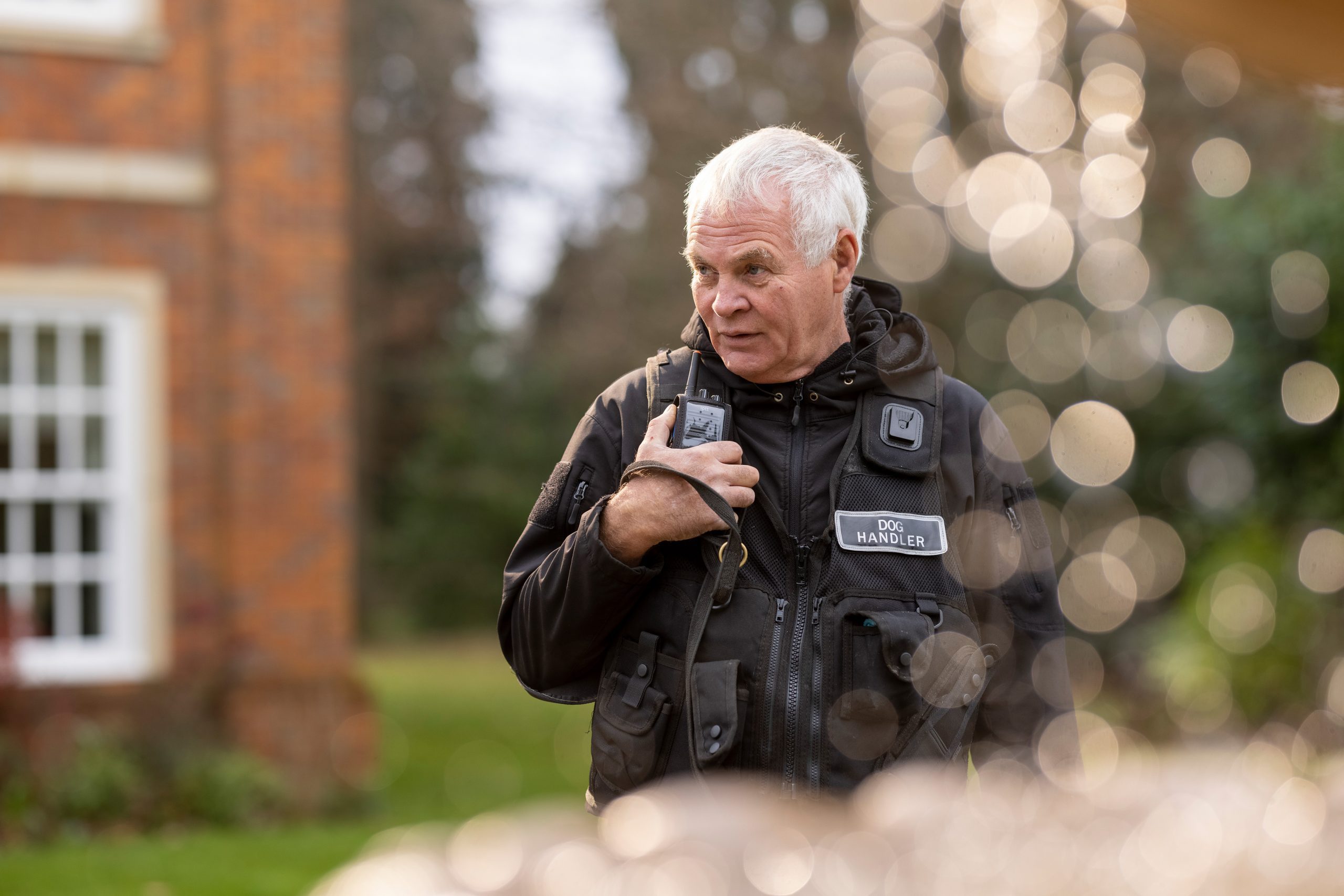On Sunday morning, four masked individuals carried out a highly coordinated and audacious theft at the Louvre Museum in Paris, removing eight pieces from the French Crown Jewels collection in under seven minutes. The operation was swift, silent, and successful, no alarms were triggered, and no security officers intervened in time.
While the headlines focus on the drama, the real insight for corporate security leaders is this: if a breach of this scale can occur at the world’s most visited museum, it can happen anywhere.
What we know:
There is growing speculation that the stolen jewels may have been replicas, with the originals stored securely off-site. If true, this would reflect a deliberate and intelligent approach of asset protection, a strategy we often recommend to clients managing high-value or symbolic assets.


Strategic takeaways for Corporate Security Leaders
At Knight Protection, we support clients in safeguarding over £20 billion in assets. Incidents like this reinforce the importance of proactive, intelligence-led security planning.
Here are five key considerations:
Temporary works create risk – The Louvre’s attackers exploited a renovation project to gain access. In our experience, construction, façade works, and lift installations are often overlooked in threat assessments. All temporary works should be treated as high-risk periods. Ensure contractors are vetted, access is controlled, surveillance is maintained throughout by ensuring scaffolding does not block camera views.
Speed of execution demands speed of response – The entire Louvre operation lasted less than seven minutes. In many organisations, that’s faster than a response team can be deployed. Corporate leaders should review alarm-to-intervention timelines. Consider AI-assisted monitoring and a well-planned alarm system to provide early warning of an incident. Deployment of a response is key to any security strategy, building defences to coincide with response times is vital to protect valuable assets.
Insider threats are real – The precision of the attack suggests prior knowledge. Whether through reconnaissance or insider access, the attackers knew exactly where to go. Implementation of robust vetting, monitoring of access logs, and use of behavioural analytics allows anomalies that may lead to a heightened risk be identified and countered.
Asset substitution is smart security – If the Louvre used replicas, it was a calculated move to protect the originals. This is a proven strategy in both public and private collections. For high-profile or symbolic asset, whether physical or digital, consider replacing with decoy assets, secure replicas, or off-site storage with a layered security strategy.
Reputation management is part of security – The Louvre’s swift public response helped manage the narrative. For corporate entities, a breach can be as much a reputational risk as a physical one. Align your security, legal, and communications teams early and test their responsiveness to scenarios. Prepare a crisis response plan that includes media handling and stakeholder reassurance.
Security is a strategic investment
This incident is not just a museum’s problem; it’s a case study in modern threat evolution. At Knight Protection, we believe that security is not a cost, it’s a commitment to continuity, reputation, peace of mind and above all, the safety of your teams.
Whether you’re protecting a landmark estate, a corporate HO, or a high-value collection, we deliver tailored, discreet, and intelligence-led protection, trusted by royal families, global brands, and private clients alike.